Archives
COOKING SKILLS: 8 Reasons To Hold Onto Old Cookbooks
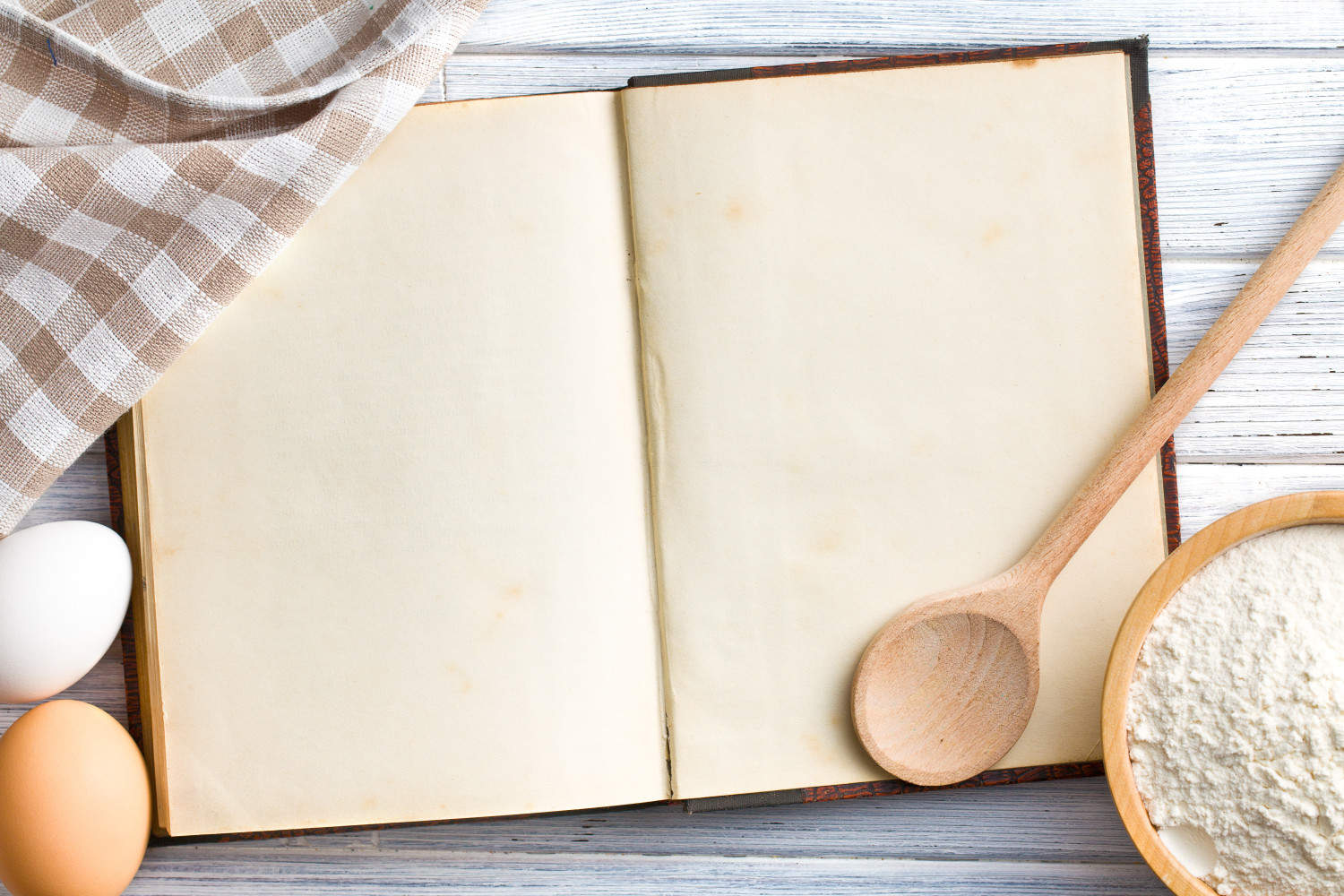
Knowing how to cook is an essential skill for any survivalist, prepper or homesteader. These days we have all sorts of gadgets to make cooking easy — electric mixers, microwaves, digital ovens and stoves, blenders, and the list goes on (not to mention fast food!) It seems that cooking the old-fashioned way is a dying art, but it's one that will be desperately needed when SHTF.
Our friend Gaye Levy over at Backdoor Survival has some great tips for cooking the old-fashioned way, and some reasons you should hang on to those old cookbooks. They're not as outdated as you think!
Read on to learn more, and be sure to check out Backdoor Survival for more great survival and homesteading tips.
A couple of months ago I was going through some old boxes tucked into the hidden recesses of my garage and I stumbled upon a box of old cookbooks. Since I learned to cook long before the age of computers, most of my self-taught efforts came by way of these cookbooks. I started to collect cookbooks in high school and little did I know then what I know now: old cookbooks are important.
As I flipped through some of the pages, it became evident that these old cookbooks are real treasures. They were written before microwave ovens and Cuisinart’s, and before many of the processed foods that are now commonplace were available on grocery store shelves. These were the days of scratch cooking, often with just a handful of local, readily available ingredients.
Today I walk down memory lane and explain why you should keep your old cookbooks and why, if you don’t already have them, you should scout some out on the cheap cheap at garage sales, thrift shops, and eBay.
8 Reasons Old Cookbooks are Important to Preppers
1. You can read printed cookbooks books off-grid.
With a printed cookbook, you can learn to prepare food without needing a computer, iPad, Google, or allrecipes.com. This will be important if the time comes when power is not readily available, or, if it is, it is difficult to come by.
Taking this one step further, the food that we have available to eat following a disruptive event may be different than what we normally eat. Learning to prepare unfamiliar foodstuffs is an important survival skill and one we want to have in our back pocket.
2. Learn to cook totally from scratch.
Before the early to mid-20th century, most people cooked from scratch because there was no other option. At the same time, chores and household duties kept housewives busy with cleaning, laundry, sewing, and child-rearing. Cooking had to be simple, and time efficient. Old cookbooks – the types intended for housewives of the era – focused upon simplicity and efficiency.
3. Old cookbooks make no assumptions about your kitchen.
Kitchens of years gone by included basic pantry staples as well as bowls, spoons, knives, some cast iron pots, a stove and an oven. Stand mixers, Cuisinarts, microwave ovens, blenders, and bread machines did not exist or, if they did, were mostly tools for the newly rich and the wealthy.
As a result, recipes in older cookbooks required very little in the way of specialized equipment.
4. Old cookbooks focused on the virtues of thrift, wholesome eating, and elimination of waste.
This is true whether they were written in the 1800s, early 1900’s, pre WWII, or the 50s and 60s. One thing to keep in mind is that the older the book, the more likely its focus on fuel economy, be it coal, charcoal, wood, or something else.
5. Ingredients in the recipes are commonly found and are typically basic, pantry items.
When you read a modern, 21st century recipe, you may often come across oddball ingredients you never heard of before. Chances are these strange and obscure ingredients will not be available if the stuff hits the fan. With older cookbooks, you do not need to search for exotic ingredients at a gourmet grocery or online. Not only that, you will recognize them by name and not need a dictionary or Google to figure them out.
6. The number of ingredients to cook a particular dish are nominal.
The ingredients required to prepare the various recipes (in really old cookbooks they were called “receipts”) are far fewer than the recipes of the current era. This is likely due to the fact that most cooking supplies were procured locally, limiting the availability of items from the far-flung reaches of the world.
I don’t know about you, but when I see a list of 10 or more ingredients, I give up. In older cookbooks, it is common to find recipes that use six ingredients or less.
7. The recipes are practical with the intended goal of putting food on the table.
These days, cookbooks include gorgeous photos that entice and entertain you. (They also cost upward of $20 or more.)
Older cookbooks focus on the job at hand: putting breakfast, lunch, and dinner on the table along with some snacks and dessert items.
8. Old cookbooks provide a glimpse into times past.
Todays world is fast-paced and technology driven. It is both fun and educational to look back to simpler times. Granted, folks living through those times may not have thought times were simple, but without a doubt, a world without email, Facebook, the Internet and a myriad of other distractors was definitely slower and kinder.
By looking into the past, we get a glimpse of what life, in the kitchen at least, might be like if a catastrophic disruptive event such as an EMP throws us back 150 or more years.
What Constitutes an Old Cookbook?
I am glad you asked!

To my way of thinking, an old cookbook is one that was published before the 1970s. I have quite a few from the 60s, including a 1969 Betty Crocker that is literally coming apart at the bindings. In addition, I own a 1939 Boston Cooking School Cookbook that was my father’s when he was in the Navy. It is interesting that both made use of canned goods but very few other processed foods.
Moving back in time, pre-WWII cookbooks are especially interesting because they utilize extremely low, cost, depression-era ingredients. In addition, they emphasize the use of home-grown vegetables to supplement the meager fare that was available at the time. Although published in modern times, my favorite depression-era cookbook is Clara’s Kitchen which I reviewed in the article Depression Cooking: A Visit to Clara’s Kitchen.
Really Old Cookbooks – Resources
For a close look at cooking the old-fashioned way, you will want to seek cookbooks from the 1800s and early 1900s.
The good news is that many if not most are in the public domain. Many have been digitized and can be viewed or downloaded for free online. The bad news is that if you are in an off-grid situation, they will not be readily accessible unless you have solar or some other means for charging your electronic devices.
That said, here are some links where you can download copies of some really old cookbooks to get a feel for what old-time food preparation was all about.
The Good Housekeeping Woman’s Home Cook Book, Arranged By Isabel Gordon Curtis, Chicago: Reilly & Britton, c1909.
Toward the end of the 19th century and throughout the 20th various forms of media – newspapers, magazines, radio, the movies and TV -all became involved in the publishing of cookbooks. This volume represents the many and diverse types of books in this category. It well represents a cookbook published by a national magazine.
The Boston Cooking-School Cookbook, By Fannie Merritt Farmer, Boston, Little, Brown And Company (1896).
The Settlement Cookbook, By Lizzie Black Kander, Milwaukee: [S.N.], 1901
And my favorite, The Frugal Housewife, Dedicated to Those Who Are Not Ashamed of Economy, By Lydia Maria Francis Child, Boston: Carter and Hendee, 1830.
The Frugal Housewife was first published in Boston in 1829 and was reprinted at least four times in the next two years. By the eighth edition of 1832, the name had been changed to The American Frugal Housewife to differentiate it from the English work of Susannah Carter(See The Frugal Housewife – 1803). The book went through at least 35 printings between 1829 and 1850 when it was allowed to go out of print because of the publication of newer, more modern cookbooks and also because of Mrs. Child’s increasingly public work in the cause of anti-slavery.
The strong emphasis on the virtues of thrift and self-reliance and on frugality, a continuing theme in American cookbooks, reflected Mrs. Child’s New England heritage and her concerns for the nutritional effects of the 1820’s depression in the United States.
For more really old cookbooks, visit the Feeding America: The Historic American Cookbook Project.
The Feeding America project has created an online collection of some of the most important and influential American cookbooks from the late 18th to early 20th century. The digital archive includes page images of 76 cookbooks from the MSU Library’s collection as well as searchable full-text transcriptions. This site also features a glossary of cookery terms and multidimensional images ofantique cooking implements from the collections of the MSU Museum.
The Feeding America online collection hopes to highlight an important part of America’s cultural heritage for teachers, students, researchers investigating American social history, professional chefs, and lifelong learners of all ages.
The Final Word
For most of us, storage space is precious and what extra storage we do have, is filled with extra food, water, ammo and first aid items. In my own home, space behind doors, under beds, and under the living room sofa and chairs is crammed with all preps of all kind. If someone were to look, they would think me a packrat.
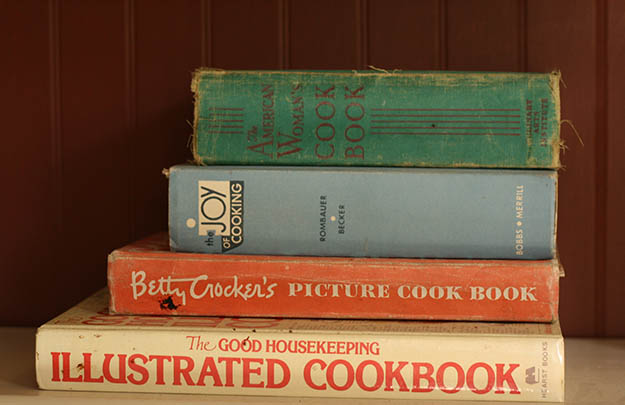
Old cookbooks will prove their value when SHTF. Via scratchtreehouse
Still, with space at a premium, I have pulled a few of my old cookbooks from the garage and set them aside with the rest of my “stuff hits the fan” preps. I may not need them to teach me how to cook beans and rice, but sure as day, I will look to them to come up with ideas for using the food that I do have to create palatable, if not tasty and interesting meals.
Want to know more? Check out these related articles:
Homesteading and Sustainability – How To Become Self Reliant
Enjoy your next adventure through common sense and thoughtful preparation!
Gaye
-

 Paracord Projects1 year ago
Paracord Projects1 year agoParacord Projects | 36 Cool Paracord Ideas For Your Paracord Survival Projects
-

 Paracord Projects1 year ago
Paracord Projects1 year agoHow To Make Paracord Survival Bracelets | DIY Survival Prepping
-

 Medical Care1 year ago
Medical Care1 year ago21 Home Remedies For Toothache Pain Relief
-

 Knife Laws1 year ago
Knife Laws1 year agoAre Switchblades Legal? Knife Laws By State
-

 Do It Yourself1 year ago
Do It Yourself1 year agoSurvival DIY: How To Melt Aluminum Cans For Casting

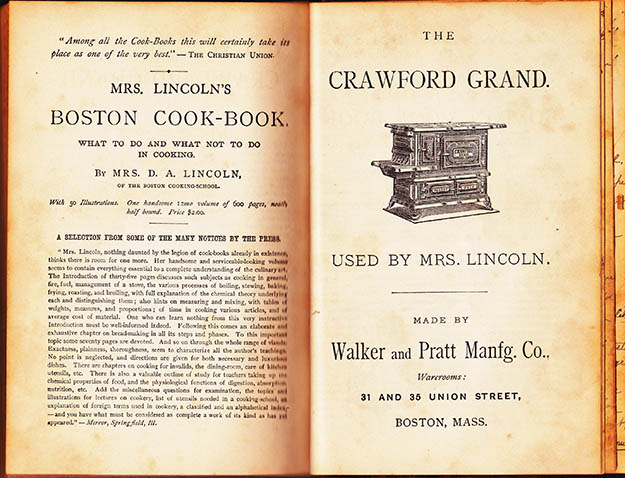





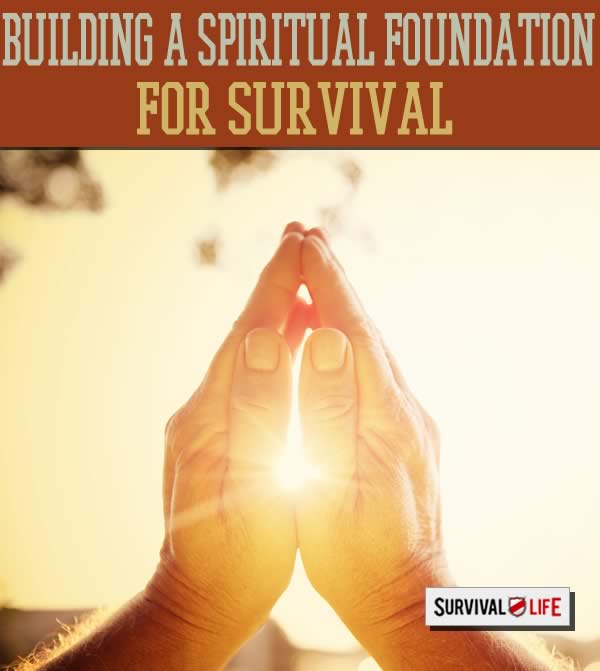



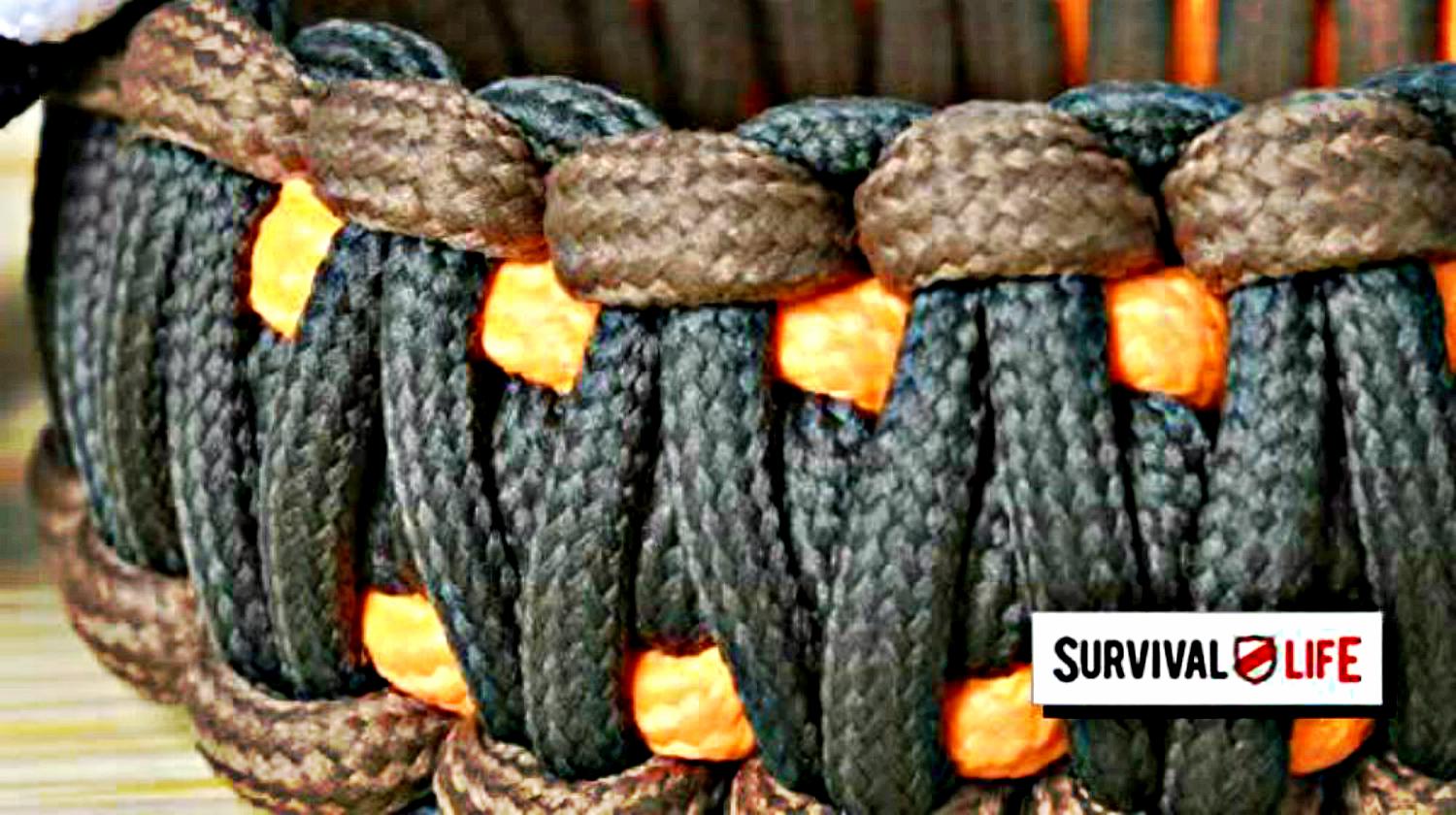





Pingback: 8 Reasons To Hold Onto Old Cookbooks | Patriot Powered News
Pingback: 8 Reasons To Hold Onto Old Cookbooks » Survival Gear & Food Storage
Stephanie Manley
June 25, 2015 at 3:38 PM
You have a great well article. I have often kept these books because they show the basics. I would also suggest the Joy of Cooking 1973 edition. They will teach you how to can, and tell you a bit about a recipe and what to expect while cooking a particular dish. There used to be an art in homemaking that isn’t as strong as it is now days.
bastisraul
June 26, 2015 at 4:18 PM
Spot on with the ’73 edition. I understand the next edition (don’t remember the year) was panned by the readers and was never reprinted. My go to book is the 1965 edition of ‘A Treasury of Great Recipes’ by Mary and Vincent Price. The photos are great and copies of old menus from around the world is worth the cost of this book. I purchased this at a used book store in ’85 in Syracuse NY and it stays on the counter and the pages are worn flat out. We have made the Scampi Aurora from Harry’s Bar in Venice, Italy a hundred times I guess.
Stephanie Manley
July 1, 2015 at 4:52 AM
I am now intrigued by that book!
bastisraul
July 1, 2015 at 7:18 AM
It would add a whole new dimension to the art of CopyKat. Think of it as your first text book in CopyKat grad school. A degree you can never earn but you don’t care. Plus you don’t have to live in the dorm!
Cathy Griffore
June 28, 2015 at 7:59 PM
I have a Good Housekeeping Cook Book from 1942. It has menus for breakfast, lunch and dinner, how to feed groups of 25, 50, 100 people, calorie counter, substitutions, how to use leftovers, how to butcher all sorts of animals, what to feed invalids….. it’s a ‘one stop shopping’ coverall book. I still use it for my favorite recipes.
Continuum
July 12, 2015 at 11:36 AM
The Housekeeper Cook Book by Estelle Woods (pub. 1894) is an absolute gem into not just cooking, but housekeeping at the time; the housekeeping tips kept me occupied for hours just reading about the labor needed to keep a house was fascinating.
A print version is difficult to find but you can find a digital copy online, which if you’re interested in how life was lived prior to our modern conveniences, it just can’t be overlooked.
Pingback: Cook Now Eat Later: 28 Items You Didn't Know You Could Freeze | Survival Life
Pingback: 37 Urban Survival Skills - Modern Survival Living
Pingback: 37 Urban Survival Skills
Pingback: 37 Urban Survival Skills - Survive!
Pingback: 37 Urban Survival Skills
Pingback: 37 Urban Survival Skills - TRENDING STORY
Pingback: 37 Urban Survival Skills To Master Before SHTF – Ultimate Survival Alerts
Pingback: Urban Survival Skills To Master Before SHTF – The Self-Sufficient Life
Pingback: 37 Urban Survival Skills To Master Before SHTF - Cooking in Quarantine
Pingback: 37 Urban Survival Skills To Master Before SHTF – Sprent Brass
Pingback: 37 Urban Survival Skills To Master Before SHTF – The Survival Pro
Pingback: 37 Urban Survival Skills To Master Before SHTF - Primal Survival